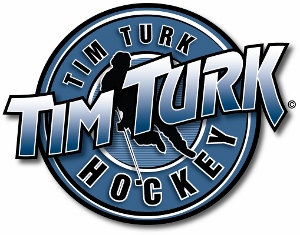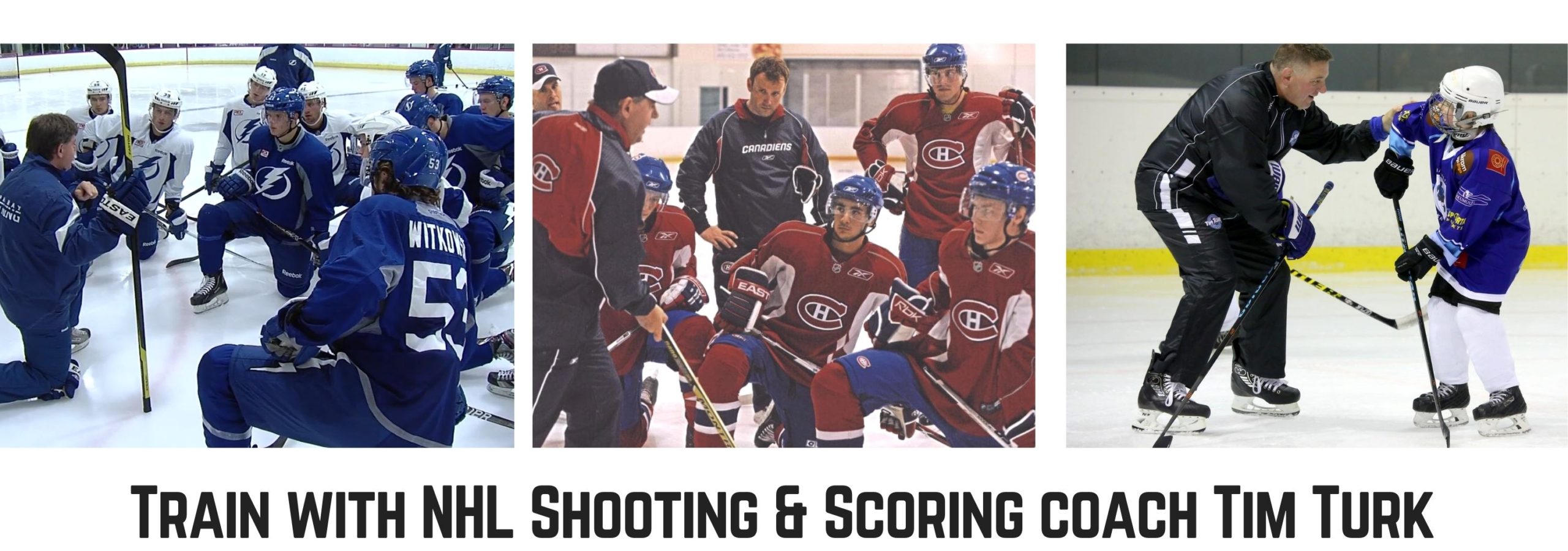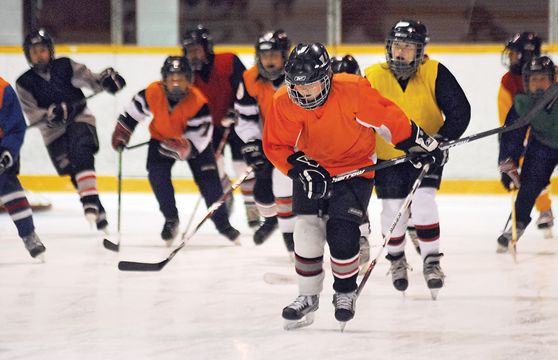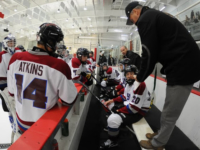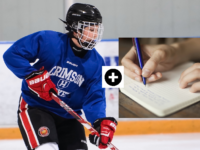Youth hockey tryouts are an exciting, competitive, and sometimes stressful time of year. This is true not only for the children participating, but often even more so for the coaches who are teaching, evaluating, and, regrettably, making cuts at the end of tryouts. This is generally the most heartbreaking part, as nobody wants to tell a passionate hockey player that he or she just hasn’t made the cut to be on the team this year.
While it would be nice to tell every child that they can suit up for the season, the reality is that it just can’t happen and that cuts need to be made. This can be devastating for both the child and the coach who must deliver the news, but there are several ways to soften the blow for both parties involved. If you are nearing the end of your tryouts and dreading the fact that you have to let several kids down, try to follow these 5 tips to make things a little easier.
Set realistic expectations ahead of time
Before any of the potential team members even step foot on the ice, make sure to give a clear outline as to what sort of performances you expect. Explain clearly and concisely that there will be children who won’t make the team. Let them know that this doesn’t mean they aren’t good hockey players, just that they may need a little bit more practice and conditioning in order to make the cut next year.
Give the children an idea of how you are evaluating them so that they can pay attention during their own tryouts. If they have realistic expectations and understand that there is no guarantee of success, they won’t be as let down if they don’t happen to make the team in the end.
Don’t make the cuts a public affair
The only thing more devastating than being cut from the team is the inevitable embarrassment of being cut in front of a room of anxious onlookers. Let every kid know his or her status in private, and don’t divulge the information to the other players. You may even consider letting the child know separately from his parents, as he may want time alone to think about it.
There may be some advice that you can give to the parents so they can work on their child’s improvement. You might consider using different language when speaking with the adults as they will be more understanding of the negative side of things.
Provide a clear explanation for why the child was cut
Some kids may feel as though they performed as well as they could have and will be devastated when they find out that they aren’t making the team. They’ll worry that the best they have to give just simply isn’t good enough to play competitively. Try to encourage them by explaining the flaws that you saw in their game while letting them know that there is room to improve. This will give them motivation to practice and to continue to fix the things that led them to this position.
This is why it is important for you to pay attention to each part of every child’s game throughout tryouts. You will need to have a keen eye for mechanical and mental errors as well as an idea of how they can be fixed. The key is to allow the child to remain hopeful even after being cut from the team for the season.
Stay Positive
This goes along with providing an explanation, but remain optimistic in your demeanor, tone, and language. Being cut is not the end of the world, but it may certainly feel like it to a young child. Tell them anecdotes from your past where you overcame adversity in your sporting life and remind them of successful professional athletes who experienced hardship and failures only to go on to become superstars.
Many young athletes are easily frustrated and overly emotional, and it is your job to try to minimize the negative affect that being cut has on the child’s psyche. Yes, you have to tell them the painful truth, but you can use that to encourage them to get better. Tell them what you liked about what you saw on the ice and let them know how they can use their strengths to try to work on their weaknesses. The goal is to instill the desire to play even more hockey rather than to become disillusioned and sulk about their bad fortunes.
Offer Alternatives
As just mentioned, you don’t want any child to feel as though his or her hockey career is over, or even that they have to wait until next year to play again. Speak to the child about other teams in the league, or even about lower-level leagues in the area if they are available. If there aren’t any other options for competitive league play, you may encourage them to play in intramural leagues or even take lessons or classes that are available in the area.
If the child loves hockey but just can’t quite make the cut, it is important for their development to continue to practice and learn the nuances and fundamentals of the game. Missing out on this particular league may be a setback, but the child can use it to his or her benefit by fine-tuning certain skills and coming back even stronger next year.
It’s never easy to cut a young player from the team, but it remains a necessary job that every coach must carry out. If you follow the steps outlined above, you’ll find that it doesn’t have to be as terrible as it seems, and that you can instill optimism and drive in the children that don’t happen to make the team. Using these tips may even help the child improve enough to make the cut next year!
